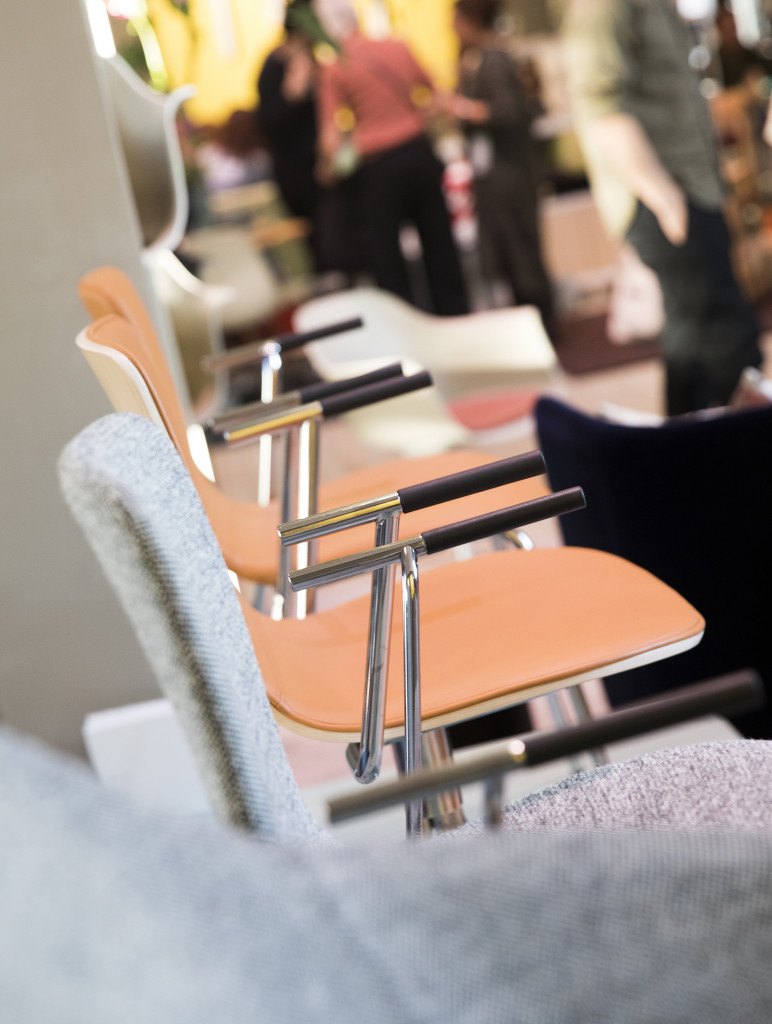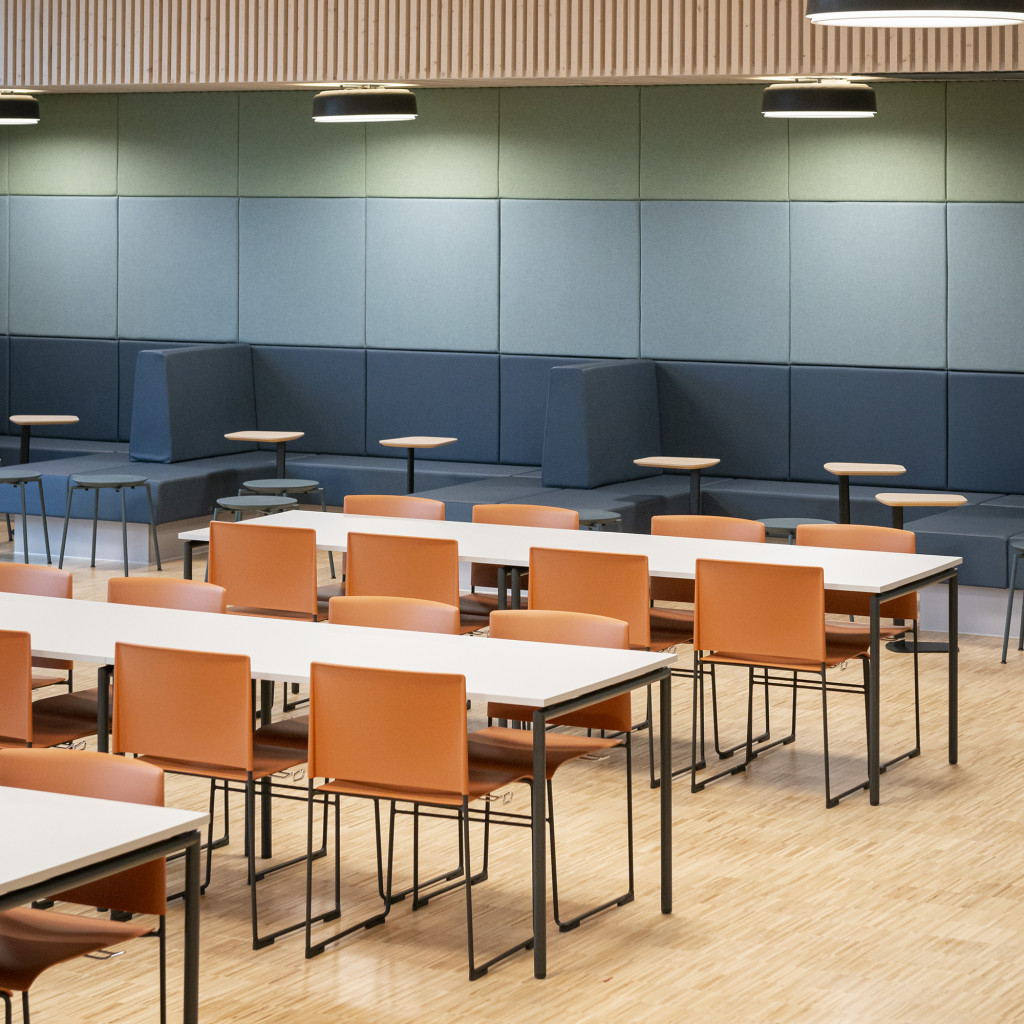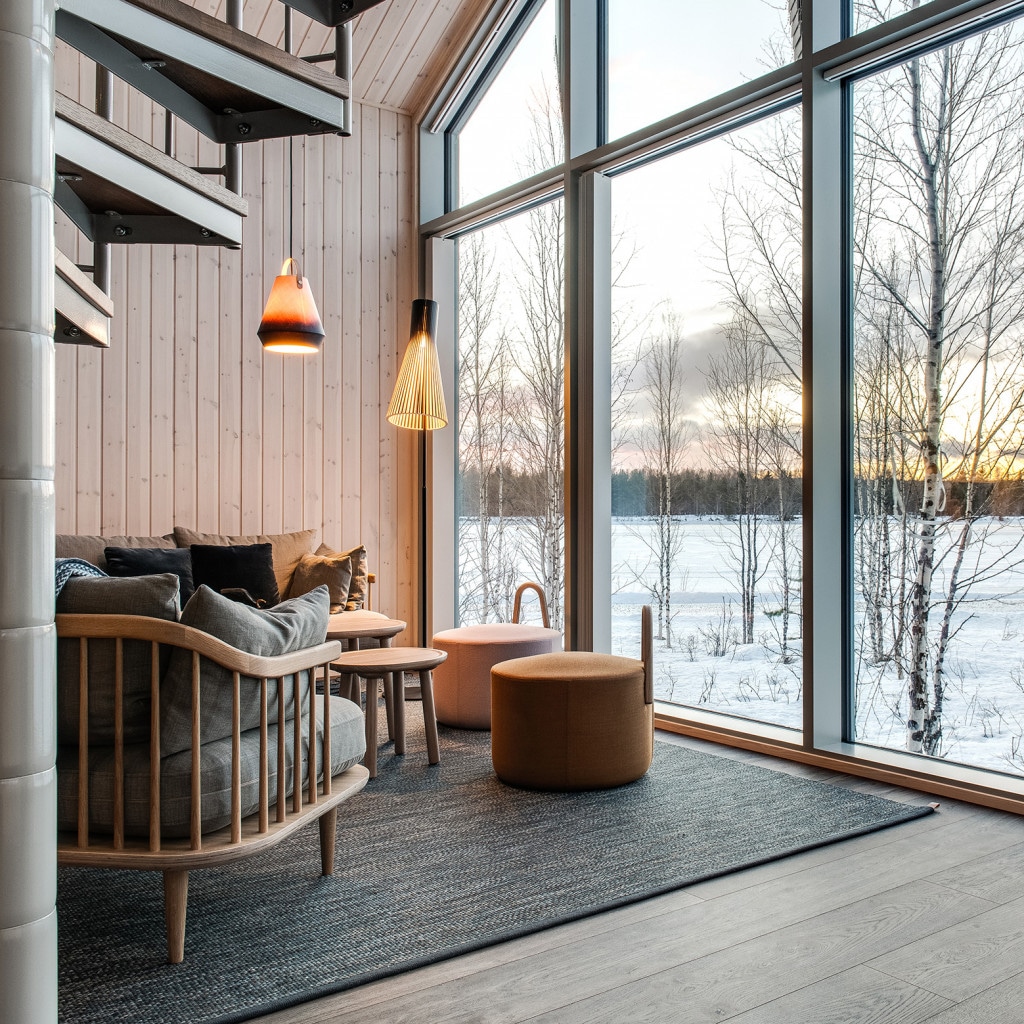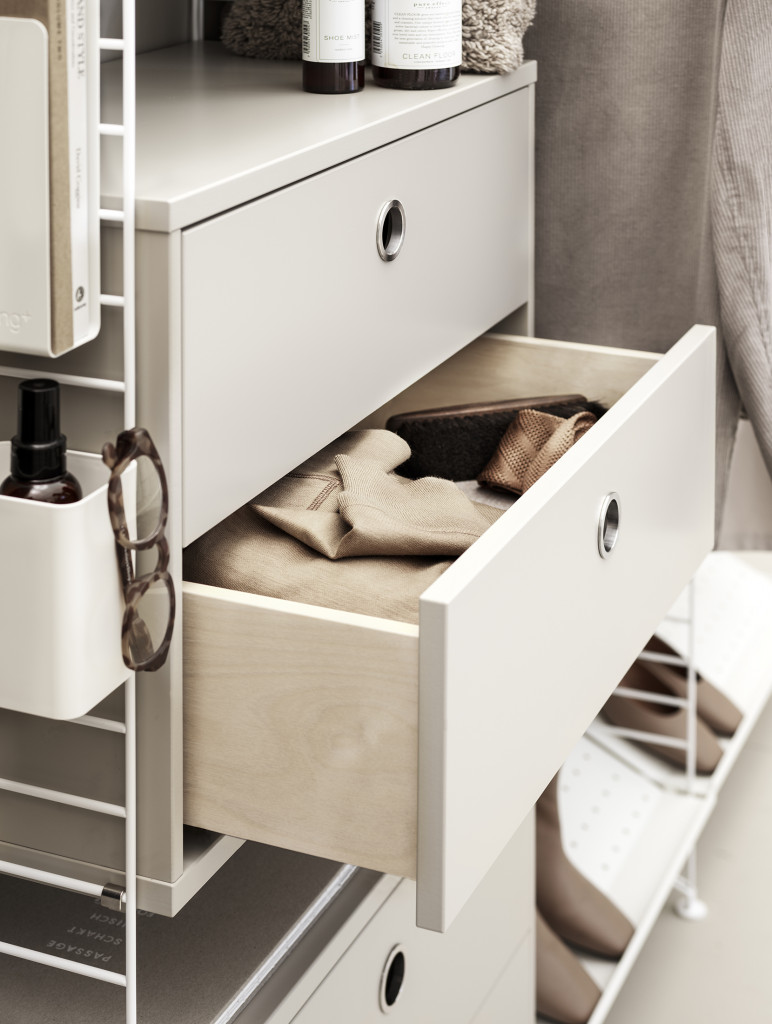This is how our offices and public environments will look
The issue of sustainability dominates, as do wood, earthy tones and rich colours.
Stockholm Furniture & Light Fair is the Nordic region’s biggest furniture and interior design fair, attracting around 700 exhibitors and 40,000 visitors. Prominent themes explored by a number of exhibitors at the 70th edition of the fair included sustainability, design, material choices and production.
A marked increase in interest in sustainability and re-use was also evident among both private companies and public enterprises, where, among other developments, recycling requirements are becoming more common in procurement processes. The business’s, the employees’ and the wider world’s attitude to the environment and sustainability is becoming a major governing factor in decisions, including those to do with interior design.
A number of furniture producers at the Stockholm Furniture Fair were showcasing products with a clear sustainability message. The focus is firmly on quality and not just in the sense that the products should be able to stand the test of time physically; they should also do so aesthetically. It is perhaps for that reason that we are seeing a lot of classic materials such as wood and leather, as well as timeless natural beige tones, which are complemented by rich colours that stand out.
A number of the exhibitors had products on display that can be easily dismantled, making refurbishment or the replacement of parts that have worn or may need renewing that much easier. One example is Lammhults’ new bench system Teius, made from recycled aluminium.

Making use of materials that have previously been considered production waste was another trend in evidence at the fair. Last year, Abstracta unveiled Sahara, a sound absorber made out of waste material from the production of wine corks in Portugal. It has followed that up this year with a new product called Pillar, a sound absorber that uses textile waste from the company’s own production processes. In a similar vein, Kasthall is using residual yarn from its production processes to produce its new tufted rug Flourish. In creating unique rugs that feature random colour combinations, the company is also minimising the amount of waste it produces.

Another producer that has explored the re-use of waste material and the conservation of our natural resources is Stolab, which in 2019 re-used over 16,000 parts in its production operation. Waste wood from the manufacture of the classic Lilla Åland spindle-backed chair is used to manufacture seats for both the Lilla Åland children’s chair and the Lilla Snåland stool.



















